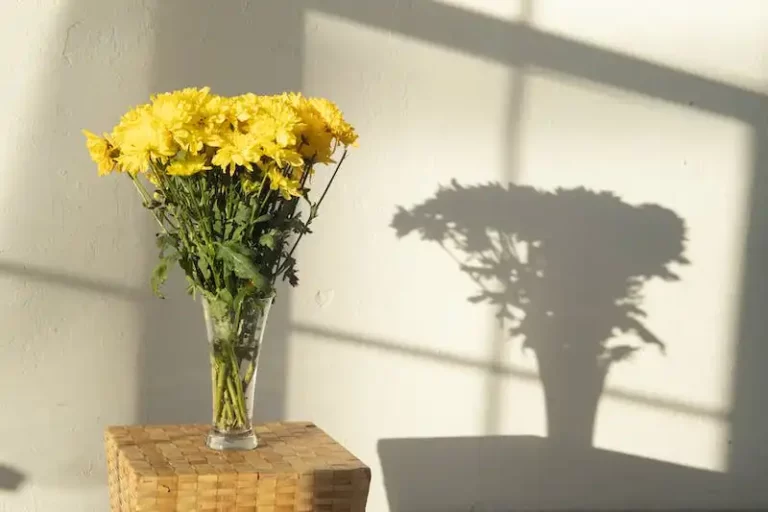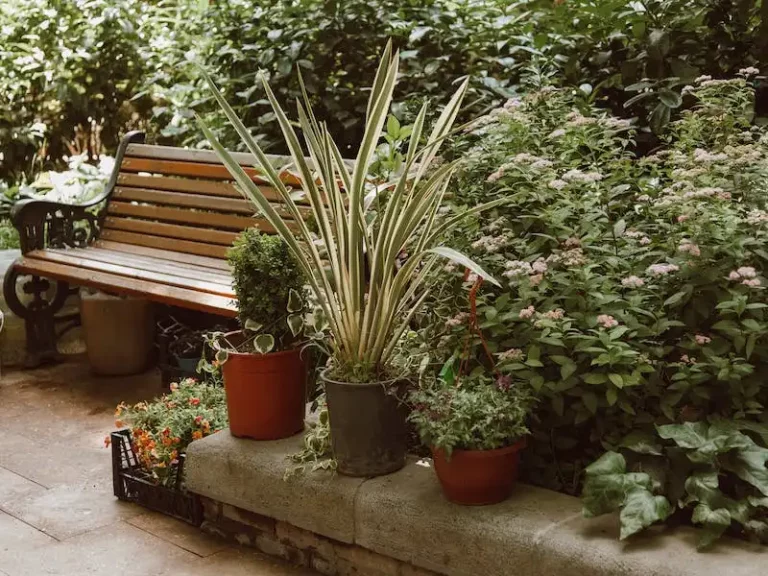Echeveria is a popular succulent plant that is always a favorite among gardeners and plant enthusiasts. It is known for its unique and beautiful rosettes, which come in a variety of shapes, sizes, and colors. Echeverias are native to semi-desert areas in Central and South America, including Argentina and Mexico. They are adapted to harsh environments and can survive long periods without much water or nutrients. However, to keep your echeveria plants healthy and thriving, it is important to provide them with the right care and conditions.
One of the most important things to remember when growing echeverias is to provide them with plenty of sunlight. These plants thrive in bright, indirect sunlight and should be placed in a location where they can receive at least six hours of sunlight per day. If you are growing echeveria indoors, make sure to place them near a window or under a grow light.
Another important aspect of caring for echeverias is providing them with the right amount of water. Too much water can cause the roots to rot, while too little water can lead to dehydration. It is best to water echeverias thoroughly whenever the top inch of soil feels dry, but make sure to allow the soil to dry out completely between waterings. To avoid overwatering, you can also use the “soak and dry” method, which involves watering the plant until water drains out of the pot and then allowing the soil to dry out before watering again.
Echeverias are not very demanding when it comes to nutrients. A basic potting mix that is well-draining and contains a mixture of soil, sand, and perlite is usually sufficient. You can also use a diluted liquid fertilizer once a month during the growing season to provide your echeverias with some extra nutrients.
One of the unique traits of echeverias is their ability to reproduce. Echeverias produce offsets or “pups” that grow around the base of the mother plant. These offsets can be removed and planted individually to create new echeveria plants. You can also propagate echeverias by leaf or stem cuttings. Make sure to use a sterilized cutting tool to prevent any diseases from spreading.
Echeverias are relatively pest and disease-resistant, but they can still encounter some common issues. Overwatering can lead to root rot, while underwatering can cause the leaves to become shriveled and dry. Powdery mildew and mealybugs can also be a problem. To prevent these issues, make sure to provide adequate airflow around your echeverias and avoid getting water on the leaves. If problems do occur, they can usually be easily resolved with the appropriate treatment, such as removing affected leaves or using a mild insecticide.
In conclusion, growing echeverias can be a rewarding and enjoyable experience for any gardener. These beautiful succulents require a little bit of effort to maintain, but their gorgeous blooms and unique rosette shapes make it all worthwhile.
echeveria
Echeveria is a genus of flowering plants in the family Crassulaceae. These succulent plants are native to the regions of Mexico, Argentina, and other parts of South America. Echeverias are popular among plant enthusiasts and collectors due to their unique rosette-shaped foliage and vibrant colors.
The leaves of echeverias are usually thick and fleshy, giving them the ability to tolerate dry conditions. They come in a variety of shapes, sizes, and colors, ranging from powdery blues to fiery reds. This diversity makes echeverias a popular choice for succulent gardens, landscapes, and indoor displays.
When caring for echeverias, it is important to provide them with plenty of sunlight. Echeverias thrive in bright and sunny locations, which ensures good growth and vibrant leaf colors. However, too much direct sunlight can also harm the plant, causing sunburn on the leaf margins.
To ensure the best possible care for your echeverias, here are some tips:
Watering: Echeverias have low water needs and are sensitive to overwatering. Allow the soil to dry out completely between waterings. When watering, make sure to water thoroughly, soaking the soil until it is moist, but not waterlogged.
Fertilizing: Feed your echeverias with a balanced liquid fertilizer once a month during the growing season (spring to late summer). Follow the instructions on the fertilizer package for the proper dilution ratio.
Propagating: Echeverias can be easily propagated using stem cuttings or by separating offsets that grow from the base of the plant. Wait for the cut ends to dry and callus over before planting them in well-draining soil.
Flowering: Echeverias can produce flowers on tall stalks called inflorescences. The flowers typically appear in late spring or summer and come in a variety of colors, including shades of pink, red, yellow, and white. Once the flowers have finished blooming, you can remove the stalk to promote better growth.
Pruning: To maintain the compact, rosette shape of your echeverias, it is recommended to trim off any leggy or damaged leaves. You can also remove dead flower stalks and any dried or withered foliage as needed.
Care tips: Echeverias are generally easy to care for, making them a suitable choice for beginners. However, they do have certain requirements. Providing well-draining soil, regular sunlight, and careful watering will help keep your echeverias happy and healthy.
With the knowledge of how to care for echeverias, you’ll always be able to enjoy their beauty and vibrant colors. Whether you decide to grow them indoors or in your garden, these stunning succulents will reward you with their unique foliage and occasional blooms.
Remember to stay updated on the latest care tips and techniques for echeverias, as new methods and advice are always being shared in the gardening community.
Echeveria Flower
The Echeveria flower is a popular choice among succulent lovers. These beautiful plants often bloom late in the summer, adding a little splash of color to any garden or home. However, caring for Echeverias can sometimes pose some issues, especially when it comes to watering.
Echeverias, also known by their scientific name Echeveria Atanasio, do not appreciate too much water. They shouldnt be watered too often and the soil should be allowed to dry out a little between waterings. Overwatering can lead to root rot and other fungal issues.
When it comes to fertilizing Echeverias, less is more. These plants have delicate roots and dont require much fertilizer. They should be fertilized no more than twice a year. A light dusting of fertilizer once in the spring and once in the summer should be sufficient to keep your Echeveria healthy and thriving.
Propagating Echeverias is a relatively easy task. They can be propagated by leaf cuttings or by beheading the tops of the rosettes. In both methods, the cuttings or beheaded rosettes should be allowed to dry out and callus before being planted in well-draining soil. Once planted, be sure to keep the soil slightly moist, but not wet, until the cuttings or beheaded rosettes take root.
Echeverias prefer bright, indirect sunlight. Placing them in a location with 4 to 6 hours of sunlight a day is ideal. However, they can tolerate some shade as well. Just be sure to avoid exposing them to intense, direct sunlight, as this can scorch their leaves.
When it comes to caring for Echeverias, knowledge is key. Understanding how these plants grow and what they need to thrive will ensure they continue to flower year after year. So, if youre looking to add an Echeveria to your plant collection, be sure to provide them with the proper care and they will reward you with beautiful blooms!
Echeveria
Echeveria is a flowering succulent plant that is native to Mexico. It is known for its fleshy, smooth leaves and colorful flowers. The plant features thick, fleshy leaves that are usually arranged in a tight rosette formation.
Propagation of Echeveria is easy and can be done through leaf or stem cuttings. When propagating, it is important to follow the basic rules to ensure successful growth. Echeveria plants prefer bright, indirect light and well-draining soil. They have a high tolerance for drought and can be watered sparingly, making them an easy plant to care for.
When it comes to fertilizing Echeveria, it is best to do so sparingly. A light application of a balanced fertilizer once a month during the growing season is usually sufficient. Over-fertilizing can cause the plant to become leggy and can lead to the death of the plant.
In terms of care, Echeveria plants should be repotted every few years or when needed. When repotting, it is important to handle the plant with care to avoid damaging the roots. Wrapping the plant in tissue paper or a thin layer of sand can help protect the roots during the process.
One of the unique features of Echeveria is its ability to attract hummingbirds with its colorful flowers. The flowers usually bloom in late spring or early summer, adding a vibrant touch to any garden or landscape.
So, if you’re a succulent enthusiast or a new gardener looking to add some variety to your collection, Echeveria is definitely worth considering. Its beautiful flowers, easy propagation, and low maintenance make it a favorite among many plant lovers.
That’s everything you need to know about Echeveria. If you have any further questions, please don’t hesitate to ask. Happy gardening!
How to Behead an Echeveria and Cut Off Bloom Stalks
If you have an Echeveria flower that has grown tall or a plant that has become leggy, you may need to behead it and remove the bloom stalks. Echeveria is a type of succulent that grows in a rosette shape and is known for its plush, fleshy leaves. When a flower stalk emerges from the center of the rosette, it can affect the overall appearance of the plant.
To cut off bloom stalks and behead your Echeveria, follow these steps:
- Start by sterilizing a sharp, clean knife or pair of scissors. This is important to prevent any potential diseases from spreading to the plant.
- Identify the bloom stalks that you want to remove. These are the long, thin stems that emerge from the center of the rosette.
- Carefully cut the bloom stalks as close to the base of the rosette as possible. Take your time and make sure to avoid cutting any healthy leaves or the mother plant.
- After removing the bloom stalks, you may also want to behead the Echeveria. This involves cutting off the top of the rosette, leaving only the base intact.
- If you decide to behead the plant, let the cut end dry and callous for a few days before placing the beheaded portion in well-draining soil. This will help the plant heal and prevent rotting.
- Once the beheaded portion has calloused, you can repot it in a new container with fresh soil. Make sure to provide enough nutrients and light for the plant to thrive.
- Depending on the Echeveria variety, it may take some time for the plant to grow new rosettes and bloom again. Some varieties are known for their flowering habit, while others prefer to produce new rosettes. It’s always a good idea to research the specific requirements of your Echeveria variety.
By following these steps, you can easily behead an Echeveria and cut off bloom stalks. Remember to take care of the plant, provide the necessary light and nutrients, and it will reward you with its beautiful and waxy flowers.



